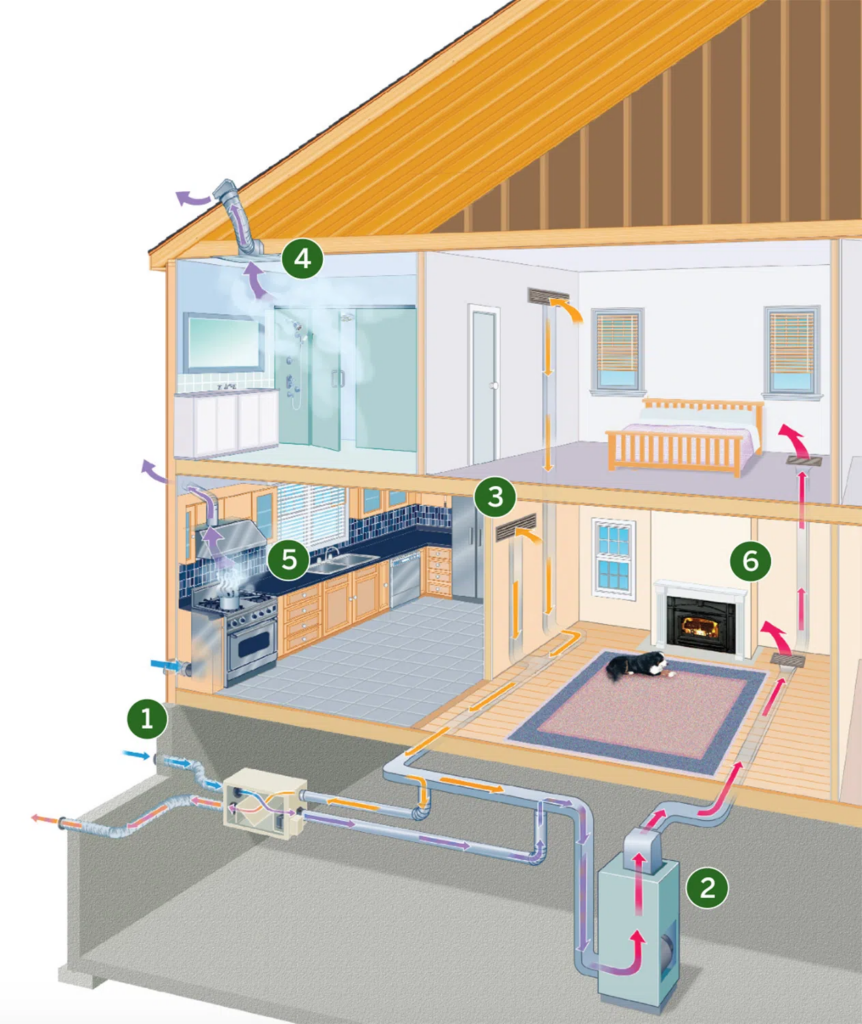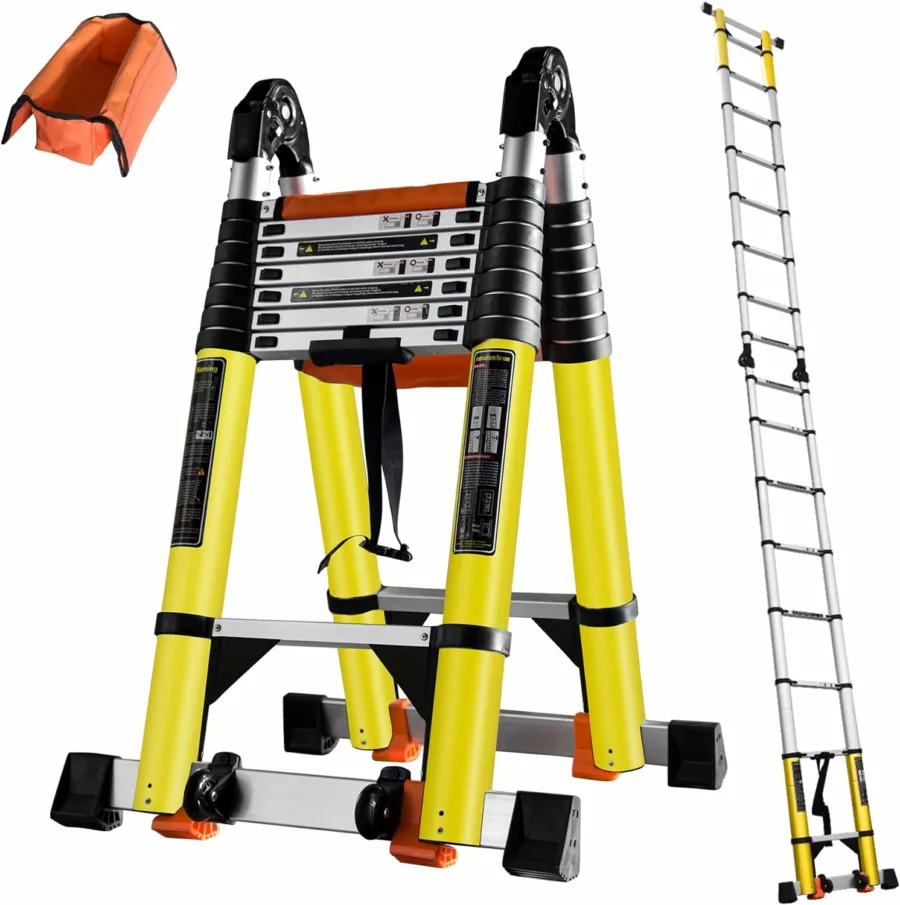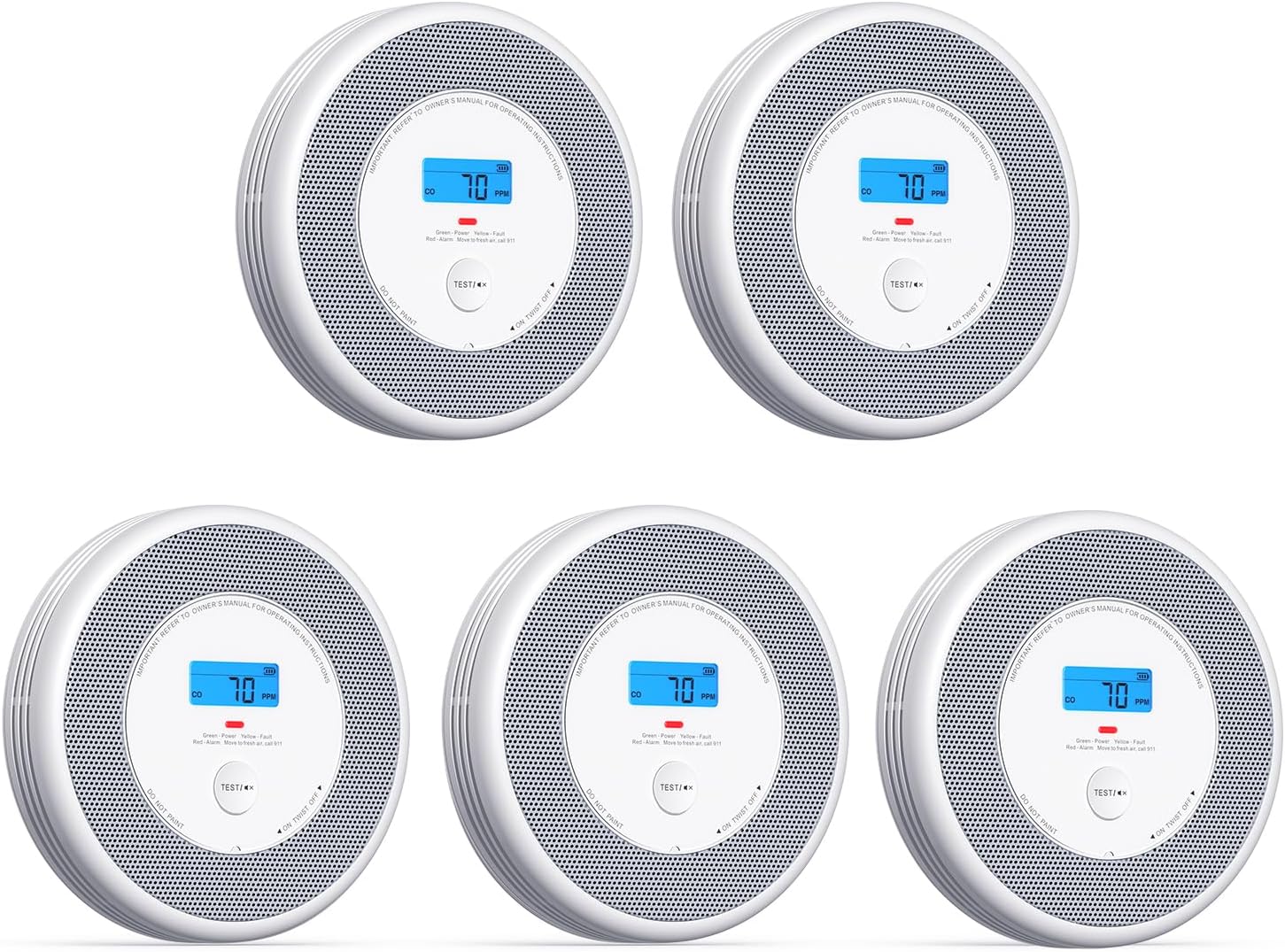Balanced Ventilation System
This home’s balanced ventilation system relies on an Energy Recovery Ventilator ERV tied to an existing forced-air HVAC system. Along with kitchen and bath fans, it maintains indoor air quality without compromising energy efficiency.
1. ERV intake
Fresh air is drawn in through a duct and passes through the ERV’s core, where heat and moisture are exchanged. In this case, cold winter air is warmed by the outgoing conditioned air so the furnace does not have to work so hard to bring it to room temperature.
2. Furnace
In this home, air that is conditioned by the ERV passes through the furnace, where it is fully heated and then distributed through the HVAC ductwork.
3. Air return
Stale, conditioned air from bedrooms and living areas is drawn back toward the ERV, where most of it is exhausted outside after transferring its heat to the incoming air.
4. Bath vent fan
Odorous, moist air that can lead to mold and mildew vents directly outside to prevent recirculation through the house’s HVAC system.
5. Range hood
Cooking gases drawn through the range hood are ducted outdoors. This high-powered hood requires dedicated makeup air, which enters through a vent behind the cabinet that is activated when the vent fan is turned on.
6. Sealed fireplace
A sealed insert helps control both indoor air pollution and energy loss by sending combustion gases up the chimney, not into the room.
ALSO CHECK OUT








